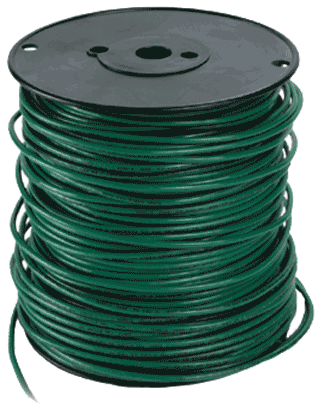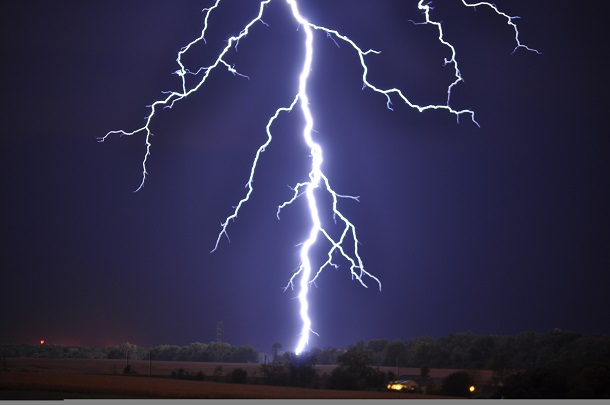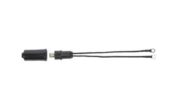I talk a lot on this blog about grounding. I do it because it’s important, because I genuinely believe people don’t ground their stuff when they should. Proper grounding will help your home stay safe in a storm by allowing electricity to dissipate instead of building up. In the case of a lightning strike, it will also provide a path for lightning to safely go away from the house. Grounding won’t stop some of the damage that comes from a lightning strike, but it will help a lot.
The basics of grounding
Note: It can be confusing to use the word “ground,” because it refers to the act of grounding, the circuit that is used for grounding, and the surface of the earth. In this article I will use the word “dirt” when I mean the surface of the earth around your building.
Before setting out to ground your equipment, you should go to City Hall or consult with a licensed contractor. Grounding regulations change from county to county, sometimes from city to city. There are some general rules but they may not applied to that. On the other hand, some grounding, even if it’s not strictly legal, is better than no grounding at all.
The basic idea of grounding is that you connect something up high on your roof to a thick copper wire. The other end of that wire is connected to something that actually touches the dirt somewhere. In some cases that can be a cold water pipe or the frame of your breaker box. As I said, that’s not always the purely legal way to do it. In some cases you’re required to sink a metal post into the dirt in order to properly ground.
Good wire is essential

This is ground wire. It’s 10-gauge solid copper, wrapped in a thick green plastic jacket. It’s some of the most expensive wire you’re likely to buy. Copper is expensive, and you’re talking about a wire that’s about 1/8″ thick.
Because it’s so pricey, you may be tempted to use other wire you have lying around, such as coaxial cable, electrical wire, romex, or something like that. Some grounding is better than nothing as I said, but those thinner wires aren’t going to protect you very well. You need to create a nice big pathway for electricity to travel down, with as little resistance as possible. That’s why the cable should be nice and thick. Making sure it has a thick jacket also helps because an exposed wire could short out or arc if enough electricity passes through it during a rainstorm.
And it has to be in good shape
That’s really the purpose of this article. I can’t stress it enough… the point of grounding is for electricity to pass as easily as possibly from the roof into the dirt. Anything that stops that electricity, or makes it harder for it to move, makes your ground setup less effective.
So, in addition to good ground wire, you should make sure it’s in good shape. Avoid splicing two wires together if possible. Don’t kink or bend a wire. This will create a point where resistance will build. Even a little resistance can cause a problem.
Ground wire doesn’t need to be tight. In fact sometimes it’s better for it to have a little slack so you can make nice gentle curves when you bring it down.
The connectors you use should be good too. Don’t reuse ground straps, split bolts, or ground blocks. I understand that money can be tight when you’re doing a project but you should never use anything that’s been out in the elements for a while. In fact it’s a good idea to inspect your grounding from time to time to make sure wire hasn’t oxidized and parts are in good condition.
Get grounding supplies from Solid Signal
Don’t trust the local home store with something as important as grounding. Often times they’ll sell consumer-grade stuff that’s “good enough.” Yes, “good enough” is better than nothing. I’ve said it before and I’ll hold to it. But if you have time to plan, don’t just be “good enough.” Shop for real pro-quality grounding supplies at Solid Signal. If you’re not sure what you need, call the experts! We’re here for you at 888-233-7563 during East Coast business hours. If it’s after hours or you’re “not really a phone person,” fill out the form below. We’ll email you back!





